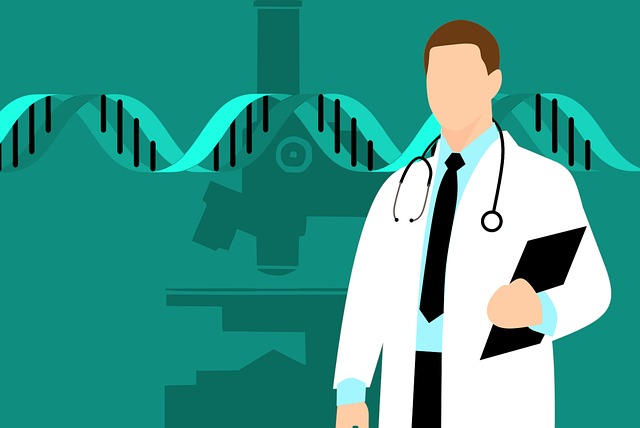Infertility issues affect over 15% of married couples worldwide, with male factor infertility accounting for 50% of these cases. Although sperm analysis is the most important test for determining male infertility, it does not provide information about all sperm functions or the potential for male fertility, or the success of assisted reproductive technology (ART). In addition, in semen analysis, the standards for normal values are established using the bottom 5% as a cut-off point rather than average values.
To put it another way, it is the minimum requirement for pregnancy. In fact, semen analysis results were found to be normal in 15% of male infertility patients. Because of the limitations of relying solely on the results of a semen analysis to assess male fertility potential, additional tests ought to be carried out. In the past 30 years, new testing methods for assessing sperm abnormalities have been studied, and sperm DNA integrity has emerged as a topic of interest. The quality of sperm as a DNA package carrier is measured by sperm DNA fragmentation (SDF) testing, which is why it is more important than the parameters analyzed in previous semen analyses. DNA damage, such as fragmentation and denaturation, can result in infertility and have negative effects on fertilization and embryo development.
Fertilization of DNA-damaged spermatozoa can increase the risk of genetic diseases in the offspring, and infertile men have a greater degree of sperm DNA damage and poorer sperm DNA integrity than fertile men. Even in men with normal semen analysis results, SDF can be observed. SDF has been incorporated into procedures for sperm analysis due to its value as an independent index for assessing sperm quality.
DNA fragmentation in the sperm is a major factor in male infertility. Because half of the DNA in the offspring comes from the father’s unit, it is very important to think about the effects that DNA damage might have on the sperm. Spermatogenesis in the germinal epithelium and the regulatory function of the hypothalamohypophysial-testicular axis are highly susceptible due to the complex anatomical and functional integration of the reproductive system; Even the decline in fertility reveals their transformations.
LH is the hormone that causes spermatogenesis. The extra tubular Leydig cells’ testosterone synthesis is controlled by this glycoprotein. The germinal epithelium and Sertoli cells are both affected by FSH, which regulates spermatogenesis.
A significant step toward predicting infertility is determining infertile men’s hormone levels (FSH, LH, Prolactin, and Testosterone). Medical professionals can determine male infertility based on hormonal analysis and sperm parameters results. Based on our initial research, we can conclude that sperm parameters (total number, total movement, movement A, movement B, normal form, abnormal form) and male reproductive capacity decrease when hormone parameters rise. In our paper, we came to the conclusion that male infertility has a negative correlation between sperm mobility, morphology, and DNA fragmentation.
We can conclude from our findings that DNA fragmentation in spermatozoa is helpful in selecting DNA sperm that are not suitable for ART. We conclude that our DNA fragmentation analysis results are encouraging and can be used to diagnose male infertility.
Cases of successful fertilization following intracytoplasmic sperm injection (ICSI) despite poor semen analysis results or sperm DNA damage have raised concerns regarding the clinical value of SDF testing. Although ICSI has become more common worldwide, ICSI, which circumvents many of the limitations imposed by natural selection, is now the norm. When ART is used, selecting sperm with damaged DNA can have unfavorable effects on the offspring, including lower rates of pregnancy success, higher rates of miscarriage, chromosomal abnormalities, and other genetic or birth defects.
Therefore, in the age of ART, it is critical to comprehend and control sperm nuclear DNA integrity accurately. In addition, in order to lessen the potential adverse effects that may result from offspring conceived from DNA-damaged sperm, physicians and researchers working with ART must continue to make efforts to obtain healthy sperm with nuclear DNA integrity.

